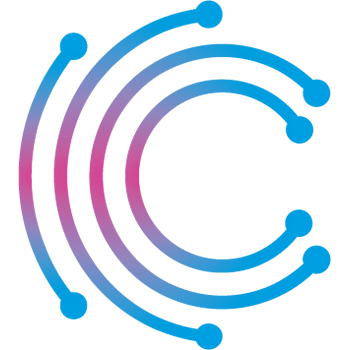Following on from our previous blog, which Quantified the Mounting Data Privacy Challenges for Enterprises, this article will look at solutions to the problems which stem specifically from restrictions which have been introduced to protect consumers by browser vendors such as Apple and Mozilla.
As our previous blog explained, the third-party cookie is dying the death. Leading browser vendors have taken it upon themselves to banish these small pieces of code which a range of software applications place onto consumers’ hardware, to make them identifiable when they return to a website or other digital channel. Apple started the anti-cookie movement when it announced its new privacy feature, Intelligent Tracking Prevention (ITP) in June 2017 and the other browsers have followed suit...and although Google has delayed the abolition of cookie tracking, no one doubts the writing is on the wall.
It’s a common misconception that third-party cookies are mostly used for advertising, and as a result, the only significant impact for companies will be their ability to target consumers with display ads. Indeed, the implications for the advertising industry are severe and the outlook for Data Management Platform (DMP) vendors (the technology solutions that manage third party cookie IDs in order to serve advertising to specific individuals) is looking uncertain. But the impact of cookie death goes much further than the advertising world.
Impact of cookies on software applications
The fact is, cookies are set by many software applications, in particular those which capture interaction and behavioral data. CDPs, Customer Journey Analytics and Web Analytics tools, all set cookies to track customer interactions and to help identify those who are not logged in or authenticated. These solutions are adversely affected by ITP because of the way that their data capture infrastructure is deployed and accessed by their clients – more on this later.
Because the vast majority of browsers now either block third-party cookies entirely or delete them after a short period of time (7 days in the case of Safari), most data capture solutions cannot identify a returning, anonymous customer.
The issue is that almost all these solution vendors set cookies that are deemed to be third-party by browsers such as Apple Safari. So, almost all data capture solutions, are drastically affected by cookie death - restrictions like ITP are every bit as disruptive for these solutions as they are for Data Management Platforms and other forms of AdTech which rely on third-party cookies. Because the vast majority of browsers now either block third-party cookies entirely or delete them after a short period of time (7 days in the case of Safari), most data capture solutions cannot identify a returning, anonymous customer. This means they cannot personalize their browsing experience. And as we all know, effective personalization, which ideally means real-time, leads to significant uplifts in sales and conversions. So, restrictions like ITP prevent organizations running these solutions from delivering such benefits to their customers. This will likely undermine revenue growth as well as alienating returning customers who expect you to know them!
So, exactly what should be done to tackle the problems resulting from cookie death?
- Firstly, ensure that you exclusively use first-party data capture and customer tracking solutions to set cookies for customer identification.
- Avoid the convoluted workarounds that many of the SaaS-based data collection vendors have introduced to overcome these problems. Tactics such as CNAME redirects or infrastructure changes that involve moving applications to first-party locations involve considerable investment and disruption in exchange for somewhat limited and uncertain rewards because the browser vendors are equally as determined to make their restrictions stick.
What is the value of a genuine first-party solution?
In essence, the only way for organizations to ensure that they are not adversely affected by restrictions such as ITP is to ensure that they are using a genuine first-party solution to undertake all of their data capture. By definition, for a solution to be genuinely first-party (rather than trying to pass itself off as first-party via one of the workarounds discussed in the paragraph above), all of the data capture and data storage technology and infrastructure needs to be fully owned and exclusively managed by your organization. It needs to be controlled and operated by the owner of the digital channel from which collection is taking place.
Data privacy considerations for users of SaaS MarTech solutions
Over the past two decades, we have seen a dramatic shift by software vendors towards provisioning their solutions via SaaS infrastructures, because of the economies of scale that these configurations offer, in addition to certain additional benefits for the customer such as ease of deployment and increased flexibility. For all these benefits, SaaS-based solutions (indeed the majority of MarTech and AdTech solutions on the market) will never be able to provide immunity from third party cookie death, because fundamentally these vendors’ business model is to run their applications and capture data from a remote, centralized location. If you are using solutions from one of these vendors, you will never be able to run this technology on your own, first-party infrastructure. Aside from the obvious security compromises which you will be making in adopting this MarTech configuration, all of the cookies that your data capture solution sets will be deemed by browser vendors to be third-party, and accordingly will be subject to their restrictions.
So, regardless of whether you are a bank, an insurer, a retailer, a healthcare provider or a telco, we would like to demonstrate how you can easily and compliantly identify your customers, irrespective of the device, channel, or browser they are using. And indeed our Celebrus CDP solution can do this regardless of whether your customers have logged in, or whether they are returning to your website after 7 days or 7 weeks. We would love to show you how a genuine first-party data capture solution that ticks all these boxes. Reach out today to our knowledgeable team.
